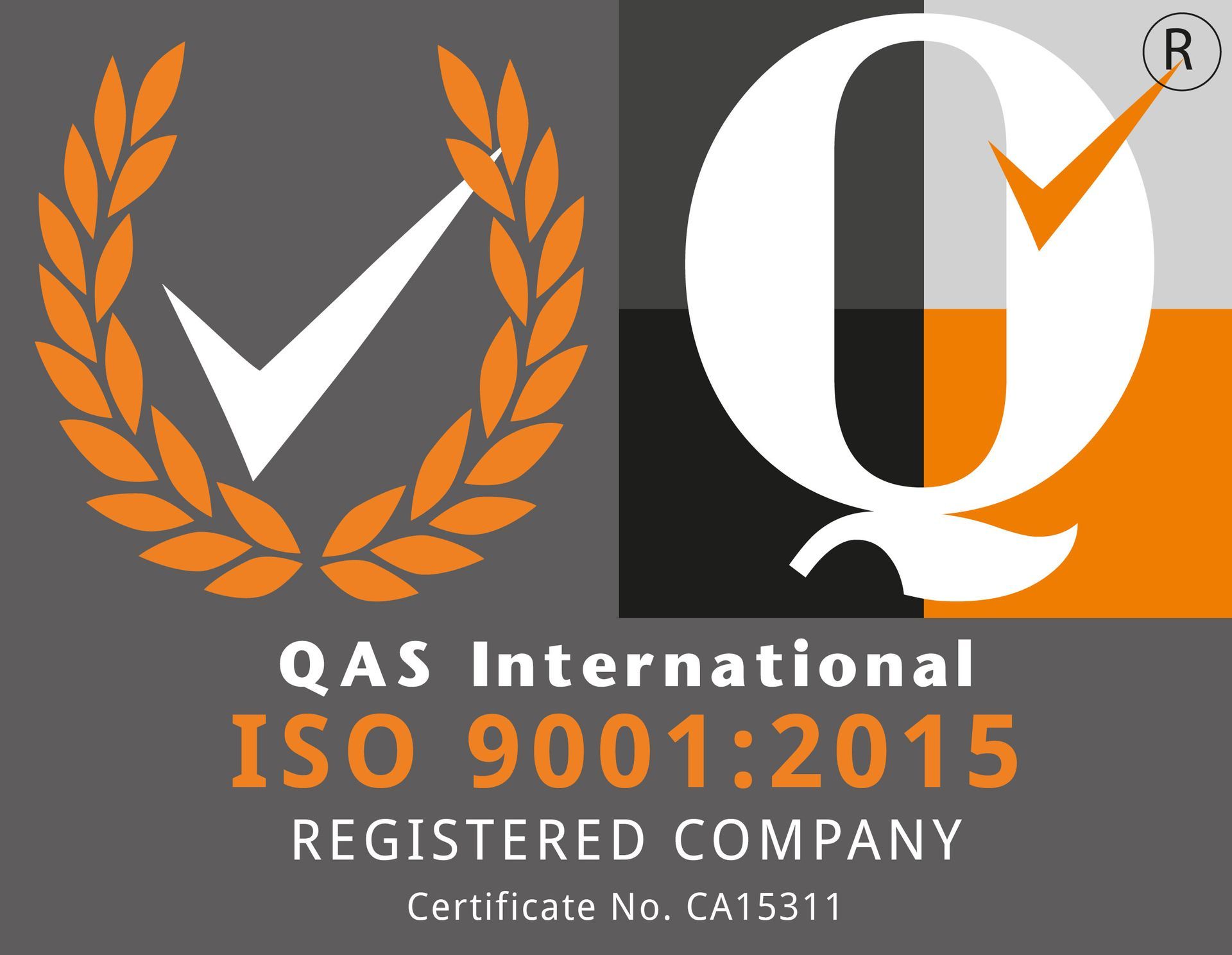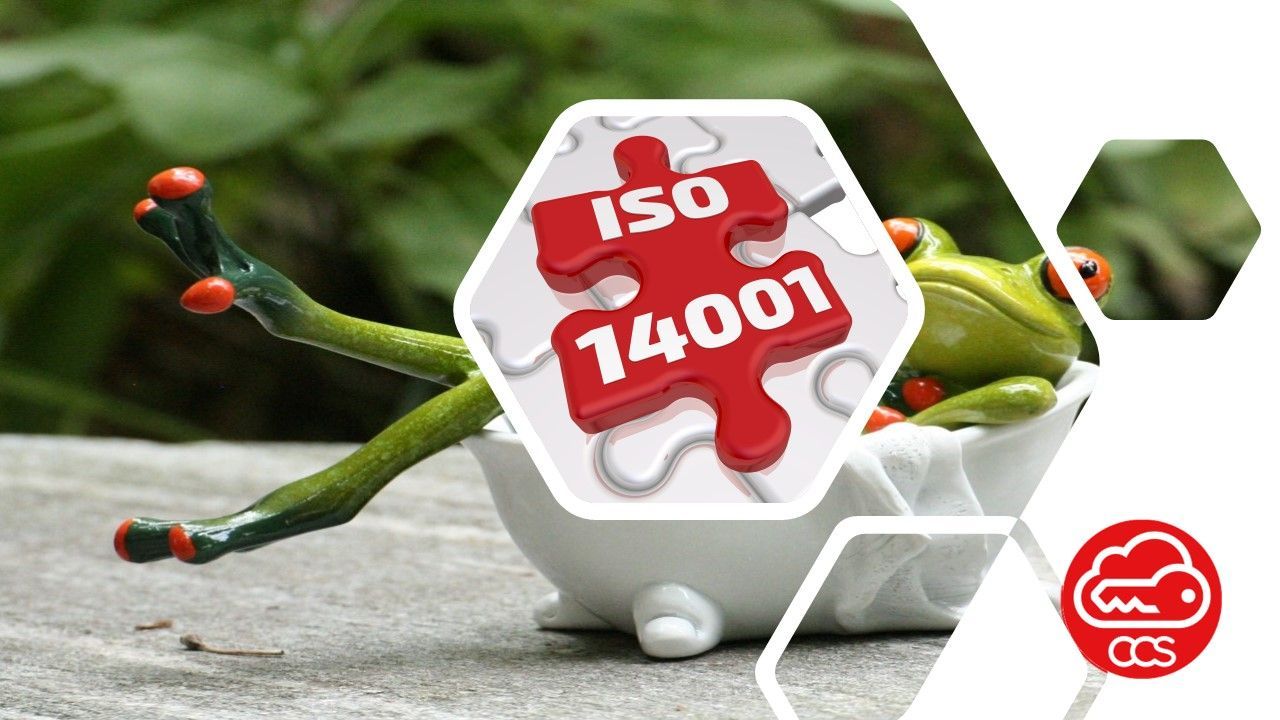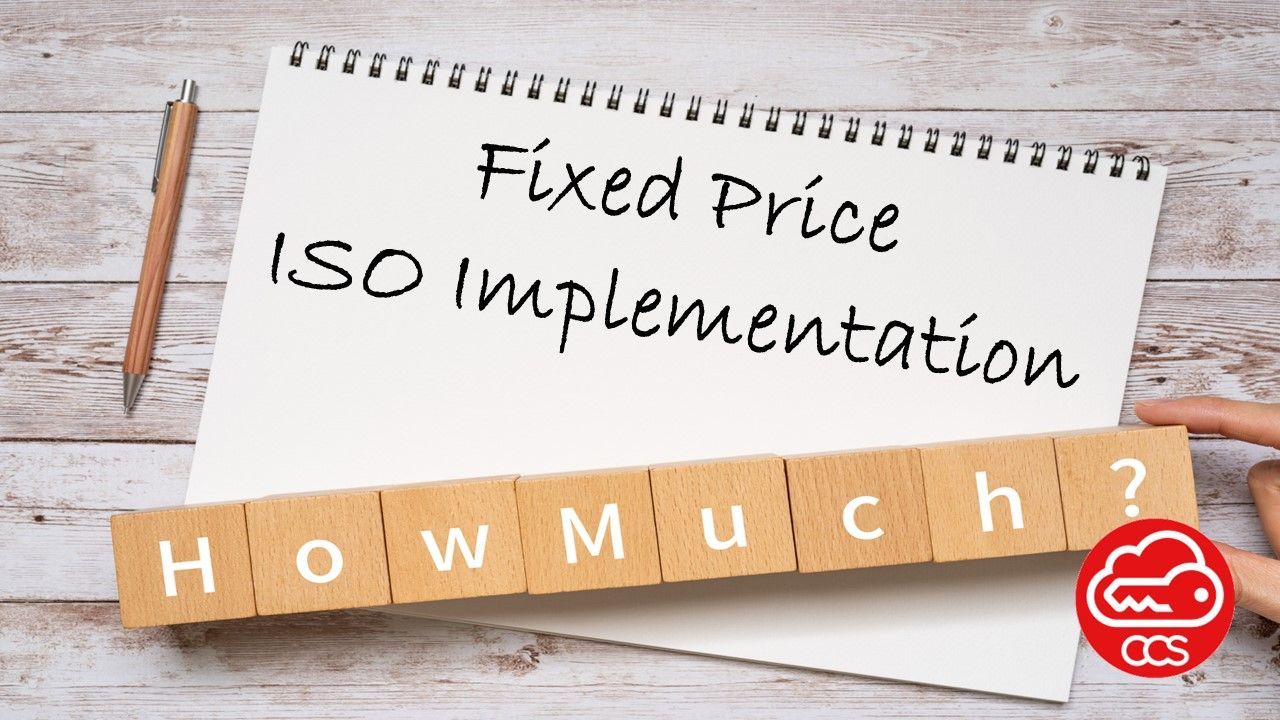Is Carbon Offsetting Just Virtue Signalling or a Genuine Environmental Effort?
In the face of escalating climate change, businesses and individuals are increasingly turning to carbon offsetting as a way to mitigate their carbon footprint. However, a contentious debate has emerged: is carbon offsetting merely virtue signalling, or does it truly contribute to environmental preservation?
At its core, carbon offsetting involves compensating for one's carbon emissions by funding projects that reduce or capture an equivalent amount of greenhouse gases elsewhere.
Critics argue that this practice is a form of greenwashing—presenting a facade of environmental responsibility while avoiding substantial changes. Conversely, proponents assert that, when executed correctly, carbon offsetting can be a vital tool in the fight against climate change.
Understanding Carbon Offsetting
To understand the debate, it is crucial to delve into what carbon offsetting entails. Carbon offset projects typically fall into three categories: renewable energy projects, reforestation or afforestation, and energy efficiency initiatives. For instance, a company may invest in a wind farm to compensate for the carbon emissions generated by its operations. The idea is that the emissions saved or absorbed by the offset project balance out the emissions produced, achieving a net-zero effect.
The Virtue Signalling Argument
Critics of carbon offsetting often view it as a superficial gesture, akin to buying indulgences. They argue that offsetting allows individuals and companies to continue their carbon-intensive activities with a clear conscience, without making the necessary systemic changes to reduce their emissions at the source. This critique is particularly pertinent when considering that some offset projects have questionable effectiveness or suffer from issues such as double counting and lack of permanence. For example, a reforestation project may not deliver the promised carbon sequestration if the trees are not maintained or are later cut down.
Moreover, carbon offsetting can inadvertently perpetuate environmental inequities by imposing the burden of emissions reductions on developing countries, where many offset projects are located. This dynamic can be seen as a form of "carbon colonialism," where the Global North offsets its emissions at the expense of communities in the Global South.
The Case for Carbon Offsetting
On the other hand, when implemented with rigor and transparency, carbon offsetting can play a significant role in global climate mitigation efforts. Effective offset projects not only reduce greenhouse gases but also deliver co-benefits such as biodiversity conservation, job creation, and improved local air quality. High-quality offset programs adhere to stringent standards, such as the Verified Carbon Standard (VCS) or the Gold Standard, ensuring that the projects are verifiable, additional (i.e., they wouldn't have happened without the offset funding), and permanent.
Furthermore, carbon offsetting can serve as a transitional tool, bridging the gap as industries and technologies evolve towards low-carbon solutions. For example, while aviation technology is not yet capable of zero-emissions flight, airlines can use offsetting to mitigate their environmental impact in the interim.
ISO 14001: Preventing Greenwashing and Proving Environmental Credentials
To counteract the potential for greenwashing and demonstrate genuine environmental commitment, organizations can adopt the ISO 14001 standard. ISO 14001 is an internationally recognized framework for Environmental Management Systems (EMS). It provides organizations with a structured approach to manage their environmental responsibilities and improve environmental performance over time.
Implementing ISO 14001 involves setting clear environmental objectives, identifying and managing environmental impacts, and continually monitoring and improving environmental performance. Organizations certified under ISO 14001 are required to undergo regular audits by accredited third parties, ensuring transparency and accountability. This rigorous process helps verify that the environmental claims made by organizations are backed by concrete actions and measurable results, rather than mere rhetoric.
By integrating ISO 14001 with carbon offsetting efforts, companies can enhance their environmental credibility. This standard ensures that offsetting is part of a broader, systematic approach to sustainability, rather than a standalone gesture. It demonstrates a commitment to continuous improvement and responsible environmental stewardship, reducing the risk of greenwashing accusations.
Beyond Offsetting: The Need for Comprehensive Climate Action
While carbon offsetting has its merits, it is not a panacea. The most effective climate strategy combines carbon offsetting with direct emissions reductions and systemic changes. Companies and individuals should prioritize reducing their carbon footprint through measures such as improving energy efficiency, transitioning to renewable energy sources, and adopting sustainable practices. Offsetting should complement, not replace, these efforts.
Additionally, transparency and accountability are paramount. Stakeholders should critically evaluate offset projects, ensuring they meet high standards and deliver genuine environmental benefits. Public disclosure of offset activities and their outcomes can enhance credibility and trust.
Carbon offsetting sits at the intersection of virtue signalling and genuine environmental action. Its efficacy largely depends on how it is approached and integrated into broader climate strategies. When used responsibly and in conjunction with substantial emissions reductions, carbon offsetting can contribute meaningfully to mitigating climate change. By adopting ISO 14001, organizations can further demonstrate their commitment to environmental sustainability, ensuring that their actions are both credible and impactful. In the end, carbon offsetting is a tool—its impact determined by the integrity and commitment with which it is wielded.





